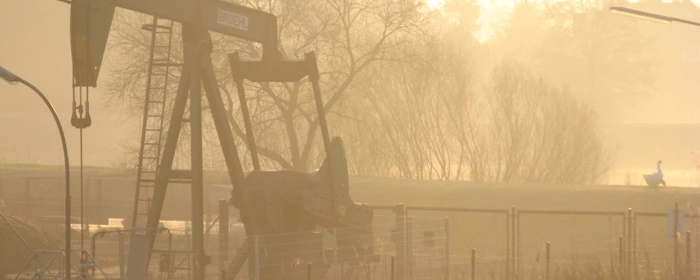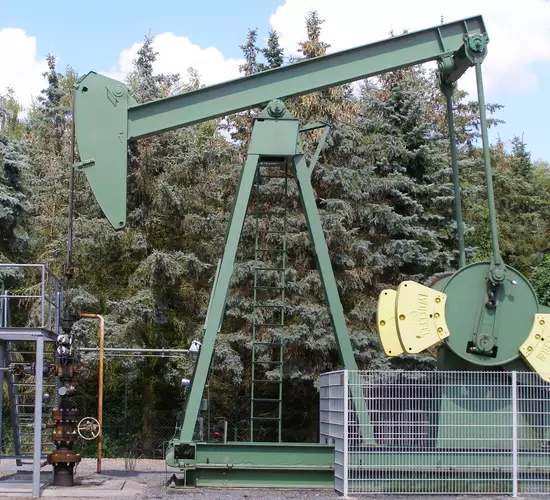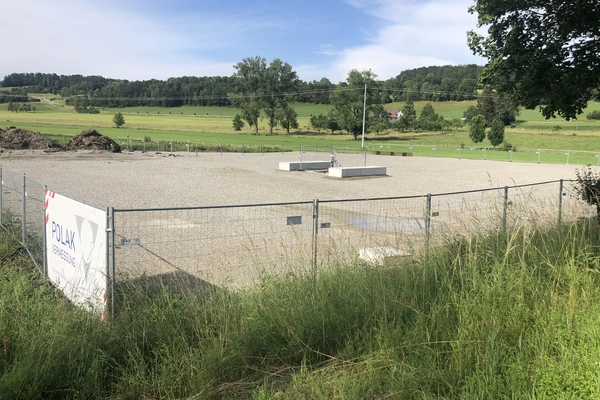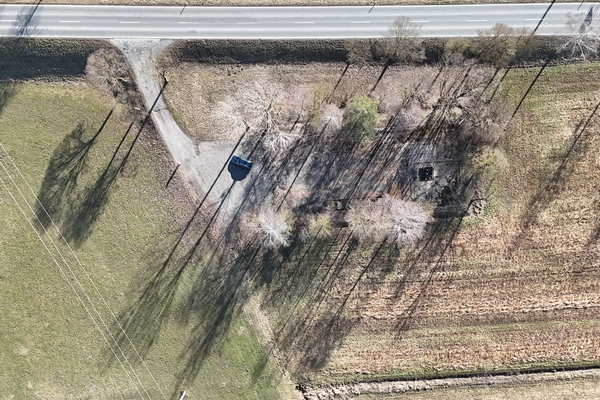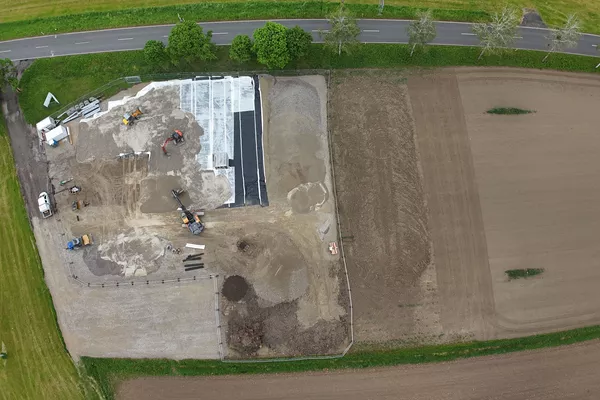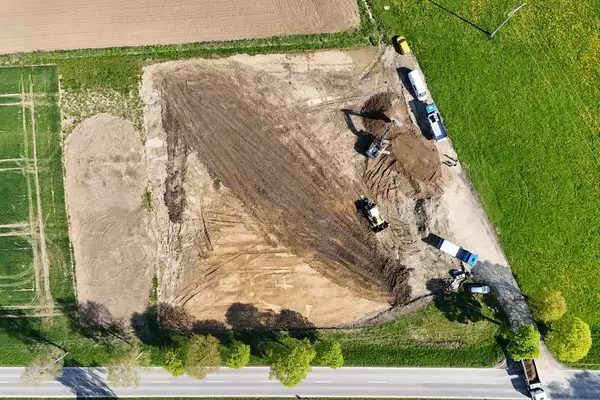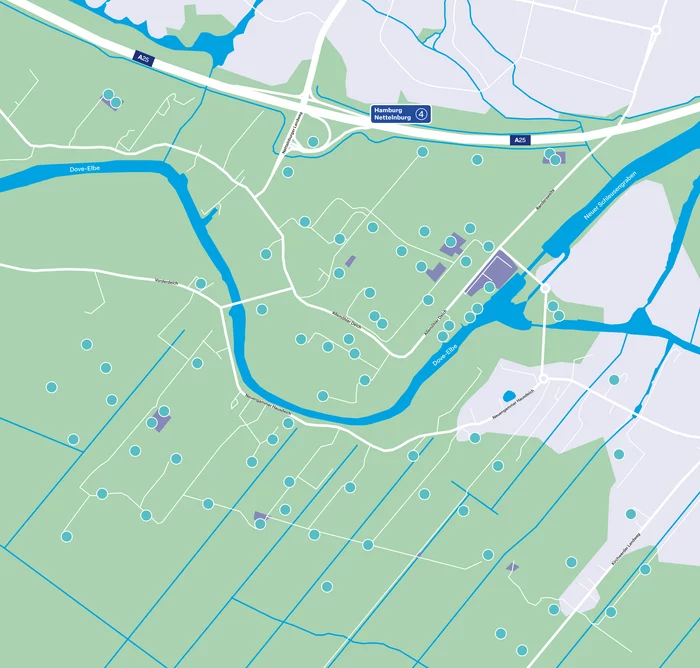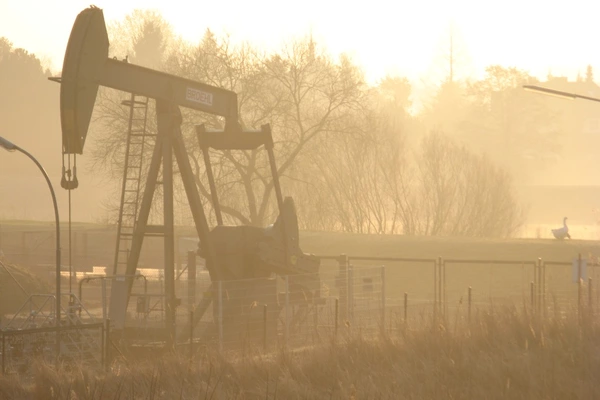The Reitbrook Alt oil field
The Reitbrook Alt oil field, which was also used as a natural gas storage facility until the end of 2014, is located around 15 km south-east of Hamburg city centre. The reservoir extends over 4.2 km and is bordered to the north by the A25 motorway and to the south-east by the Gose-Elbe. Oil has been produced here since 1938.
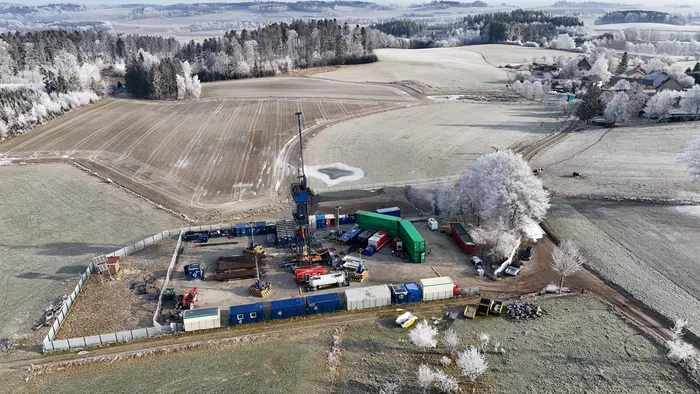
What do plugging and abandonment and backfilling mean?
During plugging and abandonment, our aim is to return the areas used to their original state.
First, we expand the central field stations for the plant, which will safely backfill the well with deep drilling cement. The site construction work is reminiscent of a normal building site. After the expansion, our team removes the old production pipes with a special winch, seals the reservoir with deep drilling cement and mechanical barriers. At the end, the wells are prepared in such a way that no gases or liquids can escape from the reservoir.
Following backfilling, we dismantle the production and processing equipment and remove the applied, once sealed surfaces. At this point, we also begin to remove the pipes that once led to the sites. This is where the path back to nature begins. The site is then filled with topsoil and recultivated as required. Recultivation is carried out in consultation with the owner and can look very different: Agricultural or forestry, for example. The fact that oil was once produced here is then no longer recognisable and the land can be used again.
Prioritising safety and environmental protection
All work is supervised by the State Office for Mining, Energy and Geology (LBEG). This and other specialised authorities ensure that the safety and environmental protection standards applicable in Germany are adhered to. One example of this is the breeding and settling periods, which are taken into account during the work. Our renaturalisation measures are based on the ecological conditions on site. In consultation with environmental experts, authorities and local councils, we redesign embankments, bring in near-natural soil material or create new habitats - for rare plant and animal species, for example. The work is carried out in close consultation with the relevant authorities - in a transparent, safe and responsible manner.
